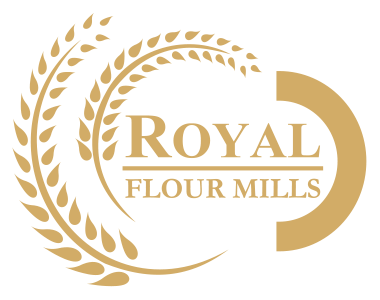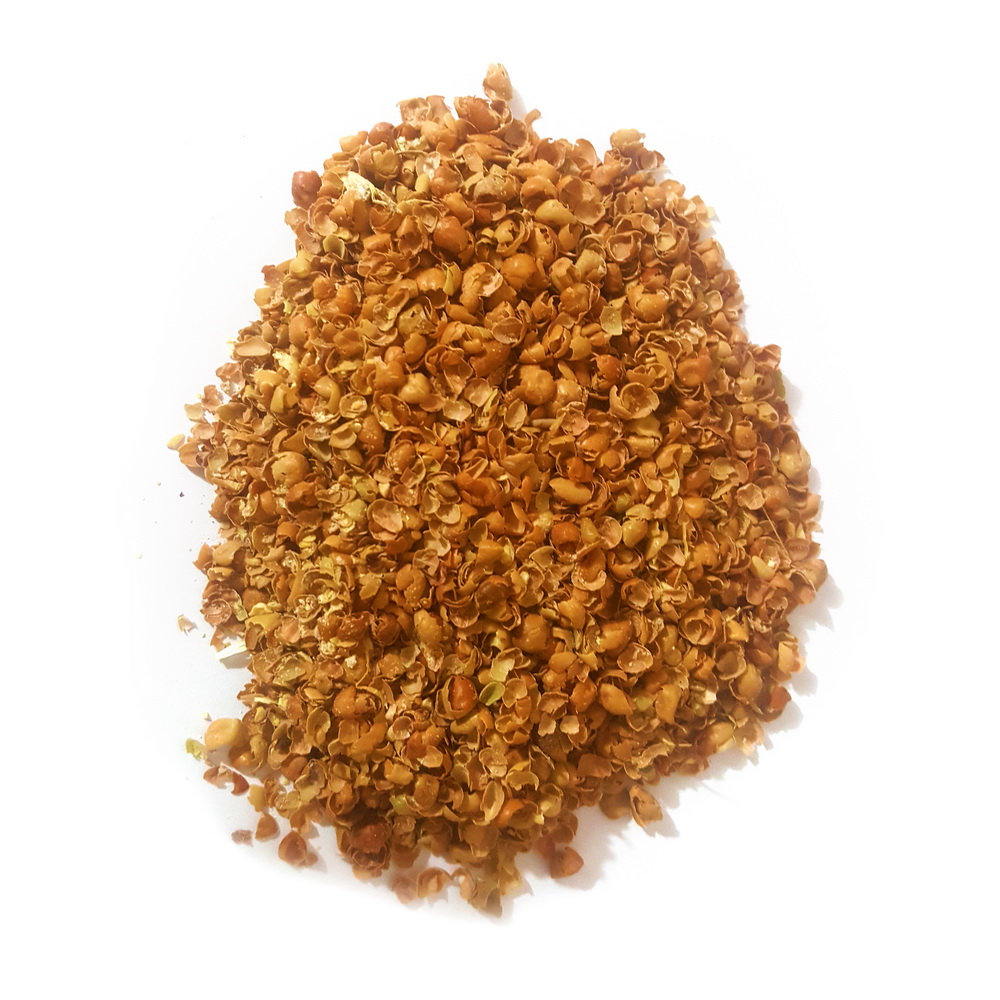Chick peas bran serves as a primary energy source for the farm animals (164 kcal per 100g). It is experimentally proved that chick peas bran provides all essential nutrients for ruminants (animals which only eat plants) to grow equally well and produce an equal amount and quality of milk. Non-ruminant diets can be made a whole-meal when some amount of chick peas bran is added to their feed. It also promotes egg production and meat growth.
Chick peas bran contains carbohydrates (27.42g per 100g) and is high in protein (8.86g per 100g). It also contains fat, vitamins, minerals and other nutrients. In common with other grain legumes, chickpeas contain few secondary compounds such as trypsin and chymotrypsin inhibitors. This leads to higher nutrition values and fewer digestive problems in non-ruminants.
Heat treatment is an effective method to increase the amount of protein availability for intestinal digestibility. Extrusion is a very good heat technique to destroy secondary components in legumes, since the proteins are irreversibly denatured. However, over-processing of chick peas bran may decrease the nutritional value and extrusion could lead to losses in minerals and vitamins, while dry heating does not change the chemical composition. Moreover, chick peas straw can also be used as an alternative forage in ruminant diets.

